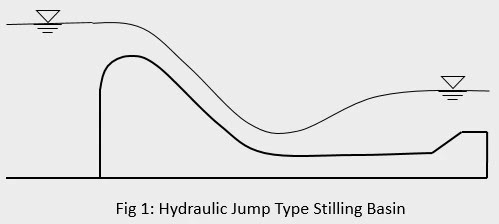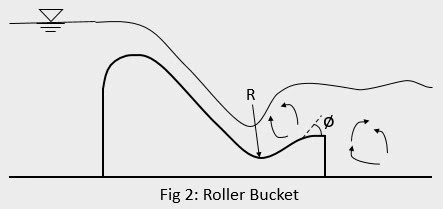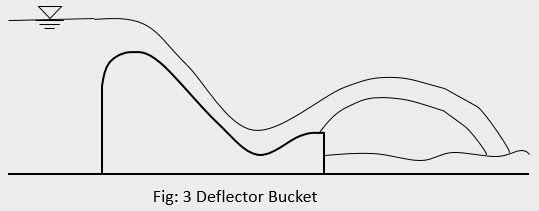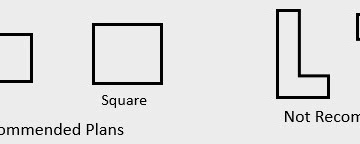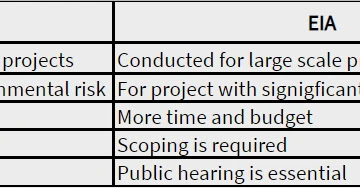Hydropower projects utilize various types of turbines depending on the site conditions and project requirements. The major types of turbines installed in the powerhouse of a hydropower project are Pelton turbine, Francis turbine, Propeller and Kaplan turbine, Deriaz turbine etc. Among them, Francis and Pelton turbine are the most widely used turbines in hydropower production because they have been extensively studied, developed and optimized over the years. The selection of a turbine for a hydropower project is a crucial decision that depends on various factors which are explained below:
1. Head and Discharge
As a general rule, Francis turbine is mostly suitable for high discharge and low head applications where as Pelton turbine used in case of high head and low discharge condition.
2. Part Load Operation
Efficiency of turbine is maximum when it is running at design load condition. In case of part load operation, Pelton turbine proves to be more efficient than Francis turbine.
3. Rotational Speed
As the turbine and generators are directly coupled, the rotational speed of turbine is same as synchronous speed of generator and is given as:
$$N=\frac{120f}{N_p}$$
where,
N = Rotational speed, rpm
$N_p$=Number of poles
f = Electrical frequency, Hz (50Hz for Nepal)
As the rotational speed (N) increases, number of pole ($N_p$) required is less. This means size of generator is reduced which ultimately reduces the cost of construction of powerhouse.
4. Specific Speed
The specific speed relation can be written as:
$$N_s=\frac{N\sqrt{P_{HP}}}{H^{5/4}}$$
$\because N_s \propto N$
The turbine with higher specific speed is expected to have high rotational speed. Eg. Kaplan turbine
$\because N_s \propto \frac{1}{H^{5/4}}$
The turbine with low specific speed will have higher head. Eg. Pelton turbine
5. Efficiency
The turbine with highest efficiency under various working condition shall be selected.
6. Maintenance Cost
The maintenance cost of reaction turbine is more than that of impulse turbine.
7. Transport Consideration
In case of larger units, it may be difficult to transport assembled large sized runner to the powerhouse sites.
8. Disposition of Shaft
From previous experience, it is recommended that horizontal shaft arrangement is best suitable for large size impulse turbine eg. Pelton turbine where as vertical shaft arrangement is most suitable for large sized reaction turbine eg. Francis trubine.
9. Cavitation Characteristics
Cavitation characteristics affects the installation of reaction turbine.
10. Water Quality
Water quality is more crucial for reactive turbine than reaction turbine.



